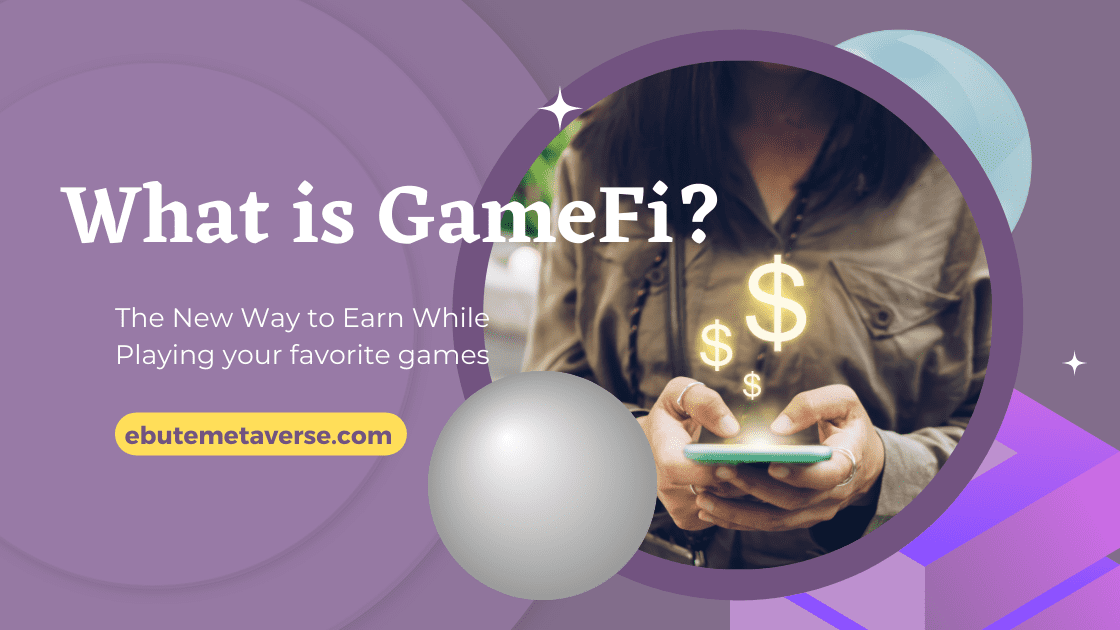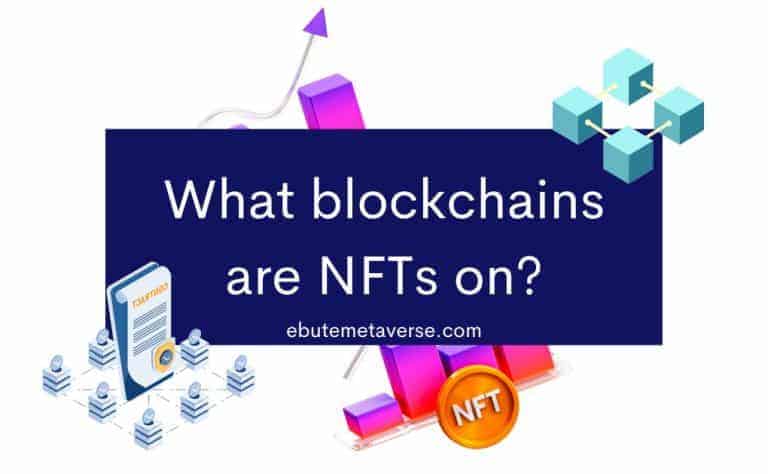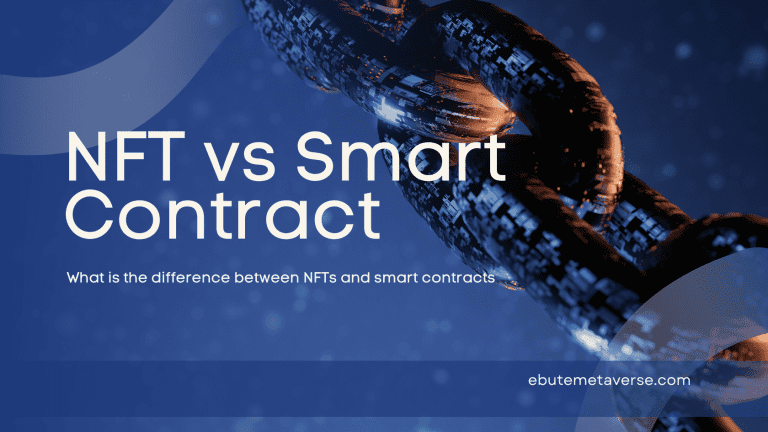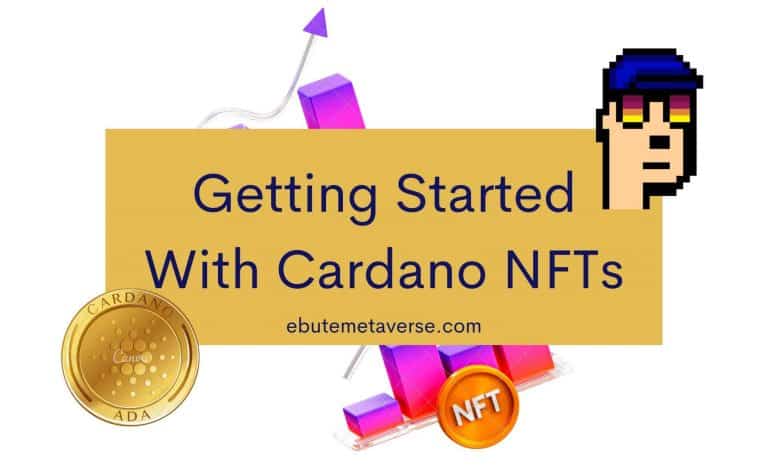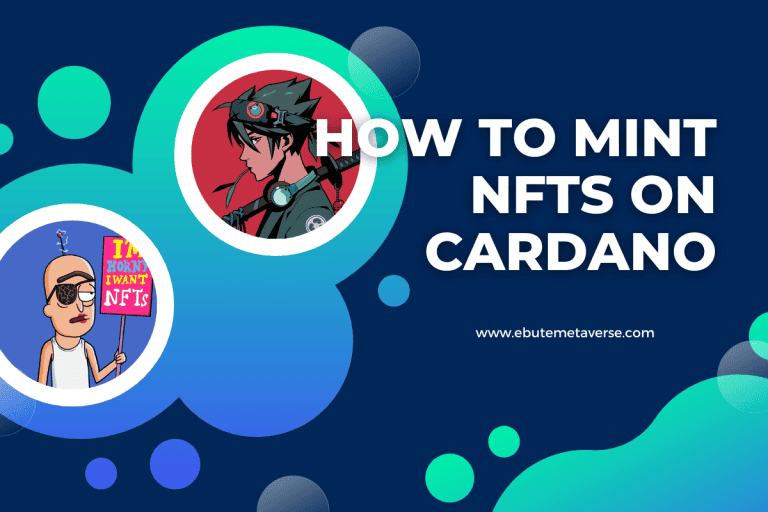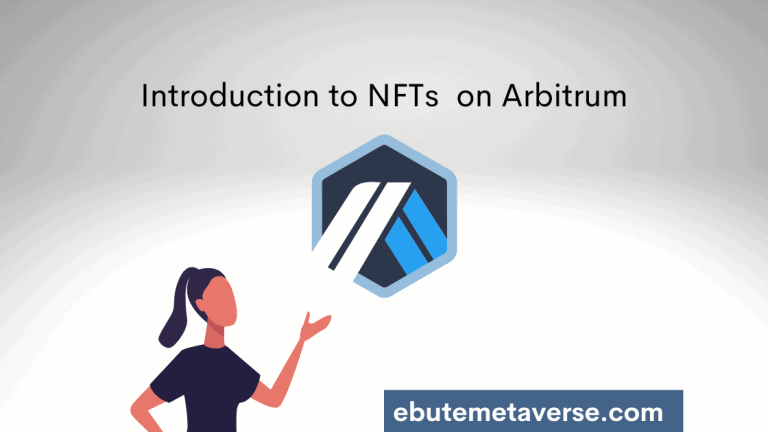What is GameFi – The New Way to Earn While Playing
Today, the crypto gaming industry has developed a blockchain gaming model termed “GameFi”, from the combination of “gaming” and “decentralized finance.” The introduction of GameFi to the Crypto space provides an innovative way for users to play crypto games while earning incentives. What is GameFi and how is it revolutionizing the gaming industry?
What is GameFi?
GameFi also called crypto gaming or blockchain gaming is a form of gaming built on the blockchain using blockchain technology. The most popular blockchain used to develop crypto games is the Ethereum blockchain.
Crypto gaming differs from the traditional gaming model in that it contains blockchain elements like cryptocurrencies, NFTs(Non-fungible tokens), and a virtual gaming environment built with blockchain programming.
One unique feature of crypto gaming is that in-game assets like NFTs, skins, XP, and so on can be transferred out of the game. Players can trade them with other people on platforms like crypto exchanges or NFT marketplaces for other crypto assets.
There are hundreds of crypto games in the GameFi space today, and the crypto gaming industry is growing rapidly. However, crypto games weren’t a buzzword 10 years ago. Let’s explore the history of crypto games and how GameFi began!
The History of Crypto Gaming

Axiom Zen, a Canada-based startup, was the first to develop a crypto game using blockchain technology. The game, called cryptokitties, was built on the Ethereum blockchain and launched in November 2017. Cryptokitties consisted of non-fungible tokens (NFTs) that could be bought and sold or crossbred with other NFTs to produce new Cryptokitties NFTs with unique features called “cattributes.”
Cryptokitties was a great success, and over 14,000 people flocked into the game in a day, but the large influx of people playing the game started affecting the Ethereum network. Ethereum wasn’t quite scalable and could handle less than 20 transactions per second.
This limitation led to the network becoming congested and a mutual rise in transaction fees. People had to wait for a while before transactions were processed, causing a lag in the game’s operation. During this time, the slow transactions and high gas fees accentuated the weak points of the Ethereum network.
Since then, solutions to Ethereum’s scalability problem have been developed, and new crypto games built on the Ethereum blockchain can handle thousands of transactions while maintaining low gas fees.
After the release of Cryptokitties, more developers started building crypto games and launching them on improved layers of the Ethereum blockchain. Some of the trending crypto games today include;
● Axie Infinity
● Splinterlands
● Alien Worlds
● Farmers World
● SecondLive
● Sandbox
● Space Misfits
● Decentraland
● Mobox
● Illuvium
Play-to-earn Gaming
Crypto gaming is revolutionary as it brings a whole new gaming model to the gaming industry. Most traditional games operate on a pay-to-play gaming model where players must purchase licenses or recurring subscriptions before starting any gameplay. Players are not usually rewarded with financial profits, and the in-app assets are held and controlled centrally by the gaming company.
Play-to-earn (P2E) crypto gaming, in contrast to traditional pay-to-play gaming, provides financial returns for the players and allows the players full control over their assets. However, based on some Gamefi models, some P2E crypto games do not offer full control of in-game assets to players.
P2E crypto gaming can be free-to-play; free-to-play gaming is a gaming model that requires no investment before players start playing and earning. Not all P2E crypto games are free-to-play; others require players to have the game’s NFTs or cryptocurrencies before they grant access to start playing.
NFTs and Gaming
NFT games are crypto games built on the blockchain with features that allow players to purchase in-game assets in the form of NFTs, which can be used for completing tasks, sold to other players within the gaming app, or transferred to other players or NFT marketplaces.
NFT gaming essentially requires the use of NFTs for gameplay. The first crypto game, cryptokitties, offered cryptokitties NFTs that could be used for in-game transactions. Newer crypto games like Axie Infinity also use NFTs in the form of Axies, which players use for gameplay to earn SLP tokens in return.
NFT games are not only exciting but also rewarding. The play-to-earn model of NFT games is a big incentive driving its adoption worldwide and, ultimately, the growth of the Gamefi industry.
What is the Future of GameFi Gaming
The GameFi industry is booming as more users enter the crypto gaming space. The economic incentives of earning while playing are a major catalyst fueling this movement across the world.
NFTs are an integral part of crypto gaming as they constitute the elements of in-game assets in crypto games. NFT use in GameFi is booming, and more NFT creators are launching crypto games around their NFT collections to increase the utility of the tokens. For example, the Bored Ape Yacht club is collaborating with Animonica Brands to build an NFT game around the collection.
The future of crypto gaming also includes;
- The creation of multiple ways to earn from play-to-earn crypto games.
- Increased interoperability across different blockchains,
- Easier onboarding by users
- The invention of new Gamefi technologies. For example, move-to-earn crypto games, an offshoot of P2E crypto games.
Final Thoughts
Crypto gaming provides an avenue for engaging in exciting gameplay while earning financial returns.
Play-to-earn crypto games consist of non-fungible tokens (NFTs) and fungible tokens (cryptocurrencies). NFTs are relevant in NFT gaming as a store of value for in-game assets.
Unlike traditional gaming, NFTs in GameFi can be sold on the gaming platform or transferred outside the game to an NFT marketplace for sale.
The future of crypto gaming will welcome the launch of many more blockchain games with more ways to earn, easy onboarding by users, and novel features that will pique users’ interests and keep them wanting more.

